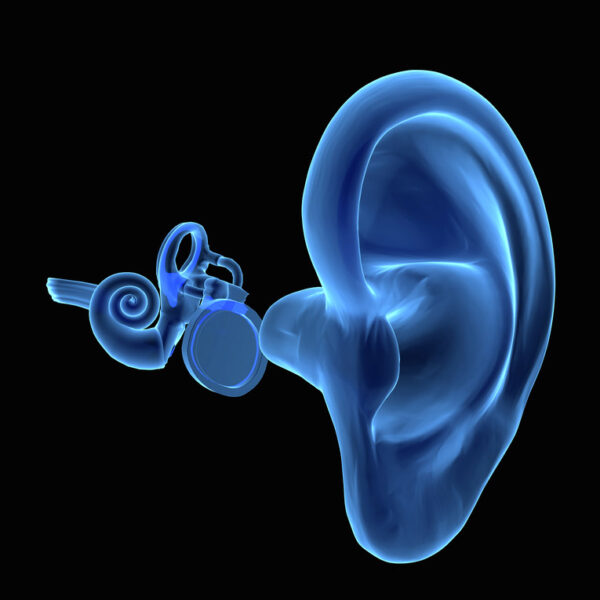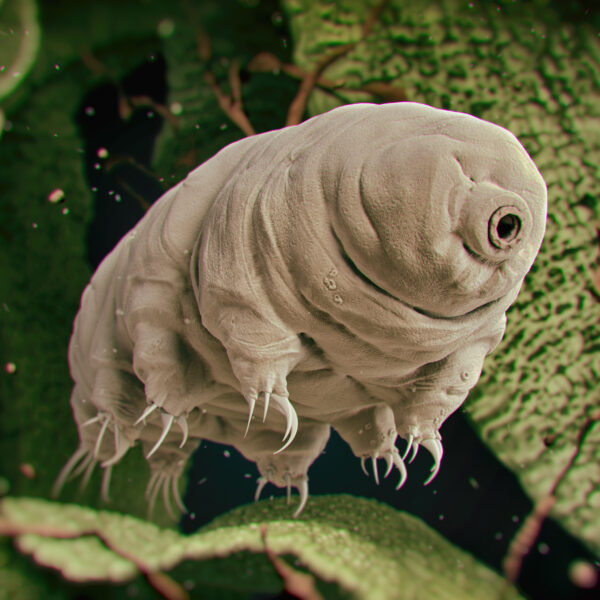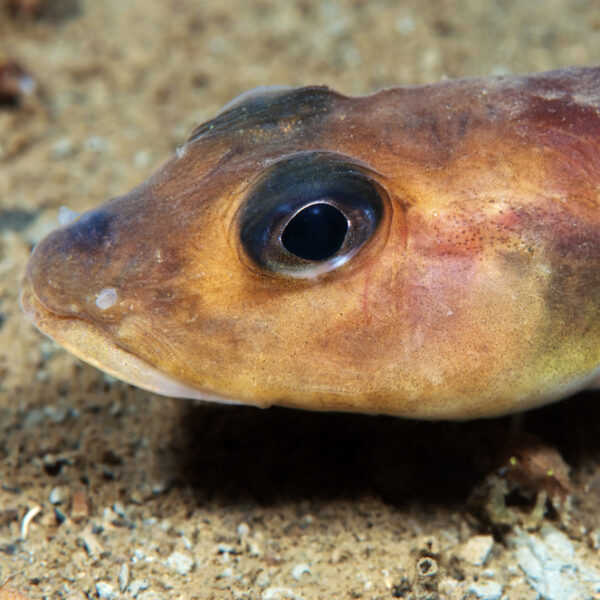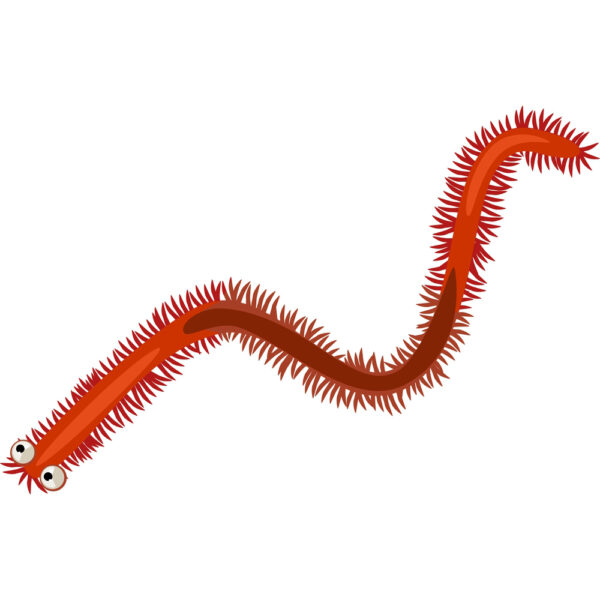Writer Fuel: We Have Taste Receptors Throughout Our Bodies
Most of the cell types in your body appear in many places — for example, humans have photoreceptors throughout our nervous systems, not just our eyes. So it seems strange that taste receptors would only be found on the tongue. Turns out, you actually have taste receptors throughout your body; you just can’t taste what … Read more











